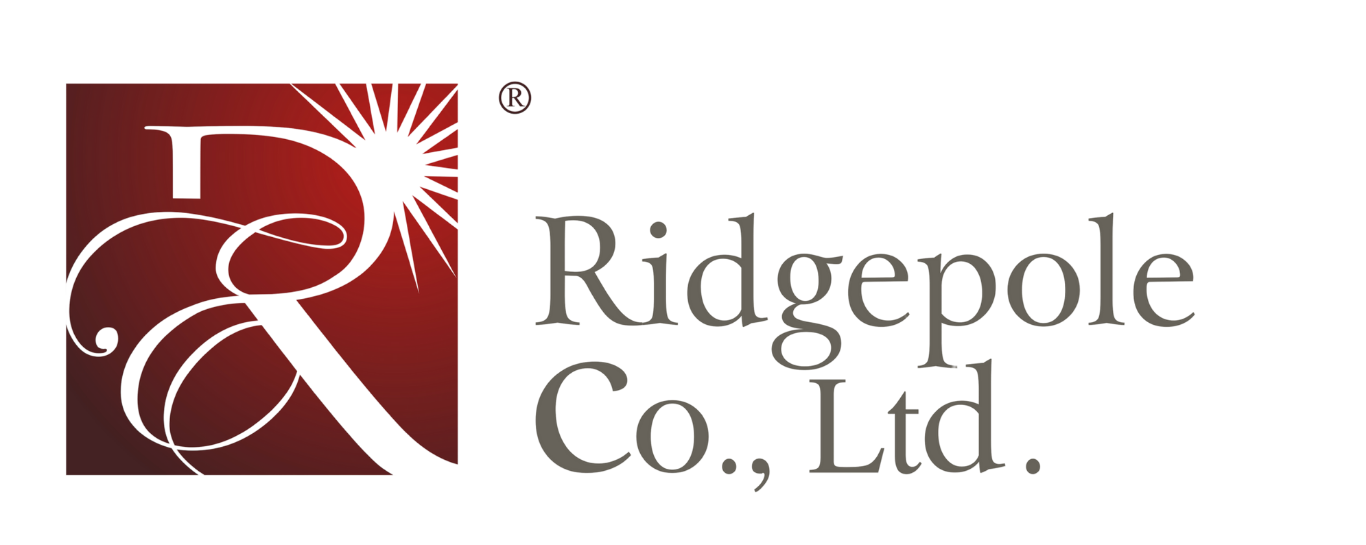How Sunscreen Is Made?

Author: Tommy Tang | Founder at Ridgepole
Hi, I'm Tommy Tang, here to share my expertise in skincare with you.
Table of Contents
Formulating sunscreen is one of the toughest challenges in skincare. It’s not just about SPF—every ingredient, from UV filters to stabilizers, must work together for efficacy, texture, and compliance.
I remember my first sunscreen project—it was a maze of regulations, testing, and endless refinements. Over the years, working with chemists and manufacturers, I’ve learned that precision is everything in sunscreen production.
In this article, I’ll break down the process, from ingredient selection to regulatory approval, so you can create a stable, high-performance formula that meets industry standards.
Let’s dive in.
Step#1: Selecting and Preparing Raw Materials
Creating sunscreen is more than just mixing ingredients. Every component has a purpose, and the balance must be just right. I’ve worked with many formulators who say sunscreen is one of the hardest products to perfect. I agree. One small change can affect texture, stability, or sun protection.
Active Ingredients
UV filters do heavy lifting. Without them, sunscreen is just a lotion. There are two types:
- Chemical UV filters absorb UV radiation and turn it into heat. Ingredients like oxybenzone, avobenzone, and octinoxate are common, but regulations vary by region. Some markets are moving away from certain filters due to safety and environmental concerns.
- Mineral UV filters work differently. They sit on the skin and physically block UV rays. Zinc oxide and titanium dioxide are the most used. These filters are popular in baby and sensitive skin formulations.
I remember testing a mineral sunscreen formula for the first time. It was thick, hard to spread, and left a white cast. Finding the right particle size and blend took weeks.
Inactive Ingredients
UV filters alone aren’t enough. The formula needs structure, stability, and skin benefits.
- Emollients (like coconut oil or glycerin) prevent dryness. A sunscreen that dries out the skin won’t get repeat buyers.
- Preservatives stop bacteria from growing. No one wants contamination issues.
- Thickeners help with texture. A sunscreen that feels too watery won’t stay on the skin.
- Antioxidants (such as vitamin E or green tea extract) provide extra protection. Brands love this as a selling point.
I’ve seen brands struggle with choosing the right mix. Too many extras can make a formula greasy. Too few, and it might not feel pleasant to wear. The goal is a balance—effective but elegant.
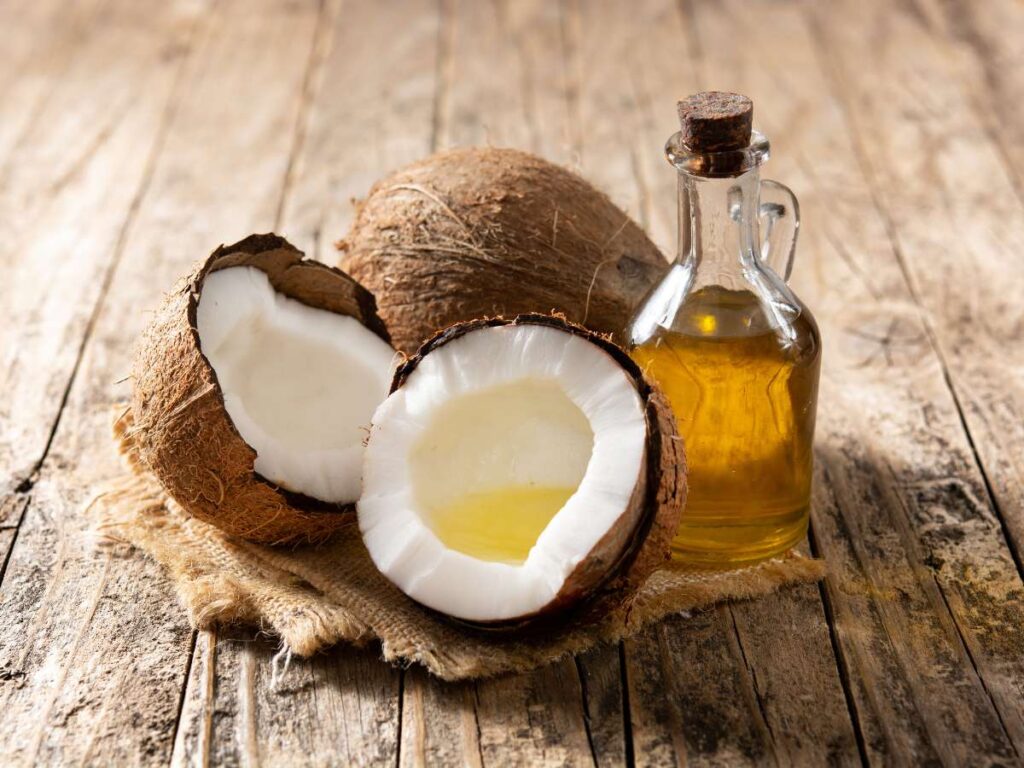
Step#2: Mixing and Blending the Ingredients
Once the raw materials are selected, the real work begins. Every ingredient must be blended in precise amounts. This step is critical. If the formula is unstable, the sunscreen won’t spread evenly or provide reliable protection.
Industrial-grade mixers handle the job. These machines work at controlled speeds and temperatures to create a smooth, stable product. Mixing follows a strict process to keep everything uniform.
Water Phase
Water-soluble ingredients go in first. This includes water, humectants (like glycerin), and preservatives. They are heated to a specific temperature to help them dissolve properly.
Temperature matters. Too high, and delicate ingredients break down. Too low, and they won’t mix well. Skilled formulators keep a close watch.
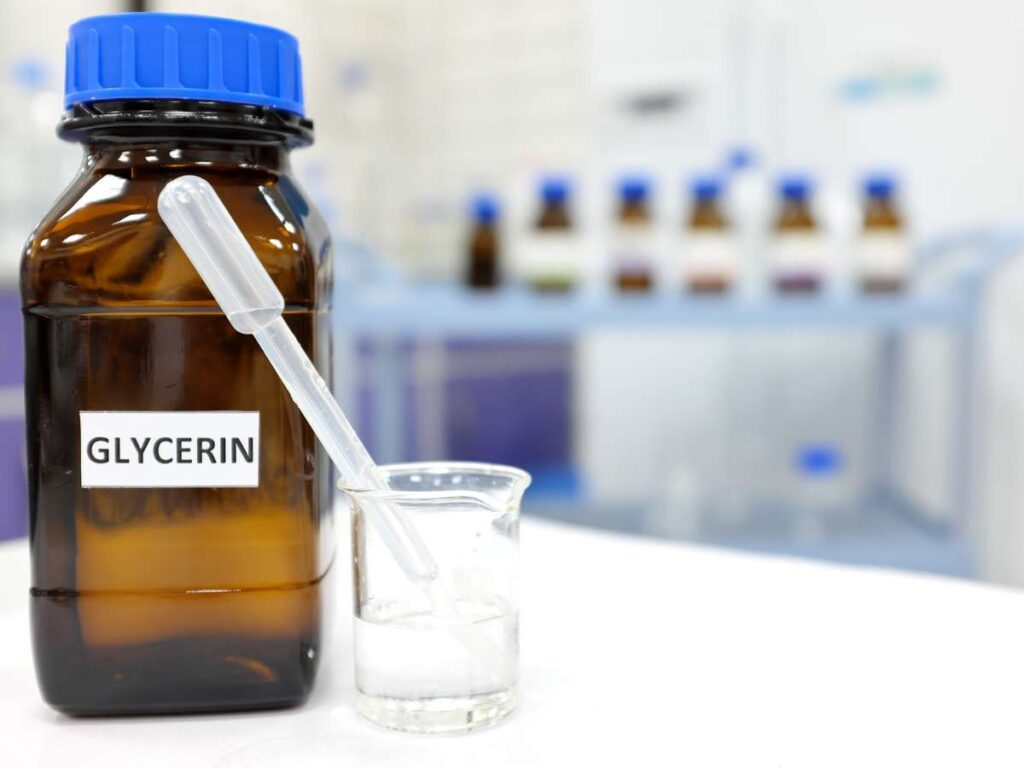
Oil Phase
Oils, emulsifiers, and UV filters are handled separately. This phase includes ingredients like shea butter, silicone, and active sun protection agents.
Some UV filters dissolve in oil, while others need special solvents. I’ve seen firsthand how tricky this part can be. A small miscalculation, and the formula might separate or feel greasy.
Emulsification
Now comes the most important step. The water and oil phases are combined. This is called emulsification—turning two separate liquids into a smooth, even mixture.
This process requires:
- High-speed mixing to blend the ingredients
- Controlled heat to prevent separation
- Stabilizers to keep the formula from breaking down over time
If done right, the result is uniform, creamy sunscreen. If not, the texture can turn lumpy or watery.
Mixing sunscreen is a science. One mistake can mean starting over. Once the emulsion is stable, it’s ready for the next step—adjusting the pH and viscosity for a perfect finish.
Step#3: Adjusting pH and Viscosity
After mixing, the formula isn’t finished yet. It must be fine-tuned to match the skin’s needs. Two key factors are adjusted: pH and viscosity.
pH Balance
pH measures how acidic or alkaline something is. Skin has a natural pH of 5 to 7, which helps keep its barrier strong. If sunscreen is too acidic or too alkaline, it can cause irritation.
A small sample is tested with a pH meter. If the pH is off, small amounts of acids or bases are added to correct it.
- Too acidic? A mild base like sodium hydroxide is used.
- Too alkaline? A gentle acid like citric acid is added.
The goal is balance. A sunscreen that matches the skin’s pH is comfortable and effective.
Viscosity
Viscosity refers to how thick or thin the sunscreen is. This affects how it spreads and absorbs. A sunscreen that is too runny can feel greasy. One that is too thick might not spread well.
To adjust viscosity, formulators use:
- Thickeners like xanthan gum to create a creamy texture.
- Gelling agents to help stabilize the formula.
- Emulsifiers to keep the mixture smooth and even.
Testing is done to check how the sunscreen applies. It should glide on easily, absorb well, and leave no heavy residue.
Step#4: Adding Fragrance, Color, and Preservatives
With the formula nearly complete, the final touches are added. These ingredients help improve the product’s appeal, stability, and safety.
Fragrance
Some sunscreens contain fragrance for a pleasant scent. A light, fresh smell can make daily sunscreen use more enjoyable. However, fragrance isn’t for everyone. Many consumers prefer fragrance-free options, especially those with sensitive skin. Strong scents can cause irritation, so formulators choose skin-safe fragrances and add them in very small amounts.
Colorants
Tinted sunscreens help blend into different skin tones. Mineral sunscreens, especially those with zinc oxide, can leave a white cast. Adding color pigments, like iron oxides, creates a more natural finish. These pigments must be finely milled so they spread evenly and don’t clump. Stability testing ensures the tint remains the same throughout the product’s shelf life.
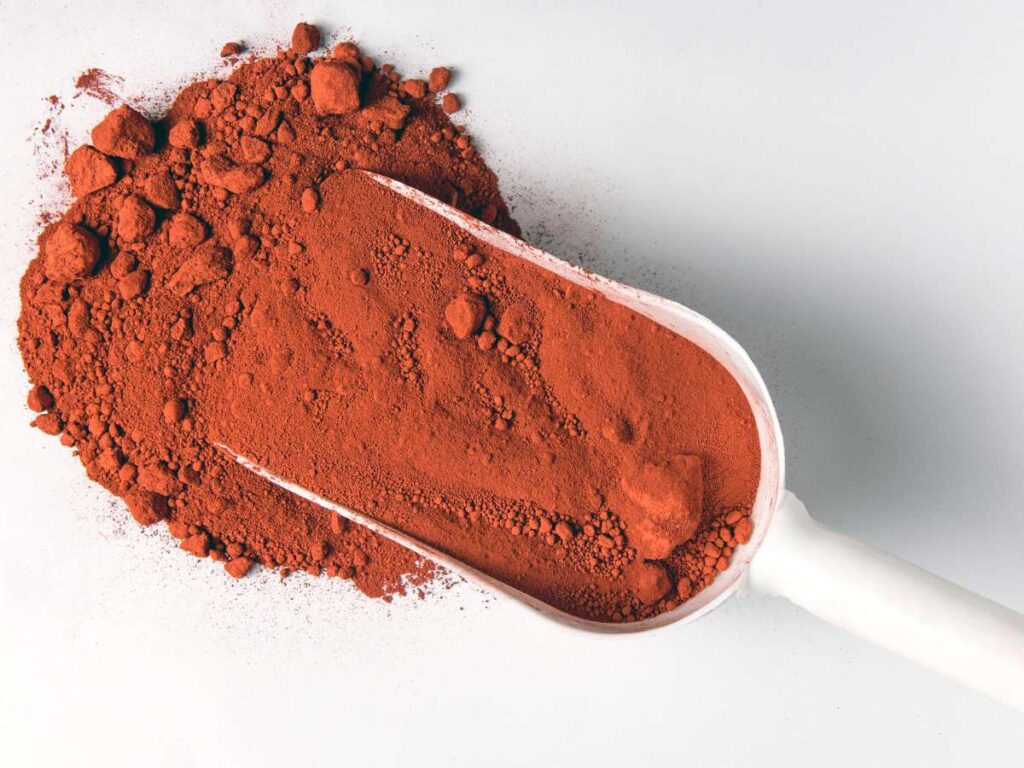
Preservatives
Sunscreen must stay safe and effective for months or even years. Without preservatives, bacteria and mold could grow in the formula. Some of the most common preservatives include:
- Phenoxyethanol – A broad-spectrum preservative used in many skincare products.
- Ethylhexylglycerin – Often combined with other preservatives for extra protection.
- Sodium benzoate – A natural preservative often found in clean beauty formulas.
Preservatives must be strong enough to prevent contamination but gentle enough for daily use. If a formula is too harsh, it could cause irritation. If it’s too weak, the product won’t last long.
Step #5: Quality Control and SPF Testing
Before sunscreen reaches consumers, it must pass strict testing. These tests confirm SPF (Sun Protection Factor), stability, and safety. Without them, a product could fail to protect the skin or degrade over time.
SPF Testing
SPF measures how well sunscreen protects against UVB rays, which cause sunburn. Labs apply the sunscreen to human skin or synthetic surfaces, then expose it to UV light. The goal is to ensure consistent and reliable protection.
Regulatory bodies, like the FDA, EU, and ISO, have strict SPF testing guidelines. A label that says “SPF 50” must provide exactly that level of protection. No more, no less.
Broad-Spectrum Testing
Good sunscreen should protect against both UVA and UVB rays. UVA rays penetrate deeper into the skin and contribute to aging and long-term damage.
Broad-spectrum testing ensures that the sunscreen blocks a significant amount of UVA rays, not just UVB. Without this, a product may prevent burns but still allow long-term skin damage.
Water Resistance Testing
Sunscreen needs to stay effective, even when exposed to water or sweat. Water resistance testing measures how long a product remains protective after swimming or sweating.
- “Water-resistant 40 minutes” means it keeps working for at least 40 minutes in water.
- “Water-resistant 80 minutes” means protection lasts up to 80 minutes before reapplication is needed.
This test helps brands set accurate reapplication instructions. Misleading claims can lead to consumer trust issues and regulatory penalties.
Microbial and Stability Testing
No one wants sunscreen that grows bacteria or mold over time. Microbial testing ensures the formula remains free from contamination.
Stability testing checks how the product holds up under heat, cold, and humidity. This prevents separation, clumping, or changes in color and texture. Sunscreen should remain effective for its entire shelf life—often 2 to 3 years.
Step #6: Selecting the Right Packaging
Choosing the right packaging for sunscreen is just as important as the formula inside. The wrong packaging can cause leakage, spoilage, or product degradation. Great sunscreen needs packaging that keeps it safe, stable, and easy to use. Here are the most commonly used types:
Tubes
- Best for lotions, creams, and gels.
- The squeeze design allows controlled dispensing with minimal waste.
- Lightweight and easy to carry for on-the-go application.
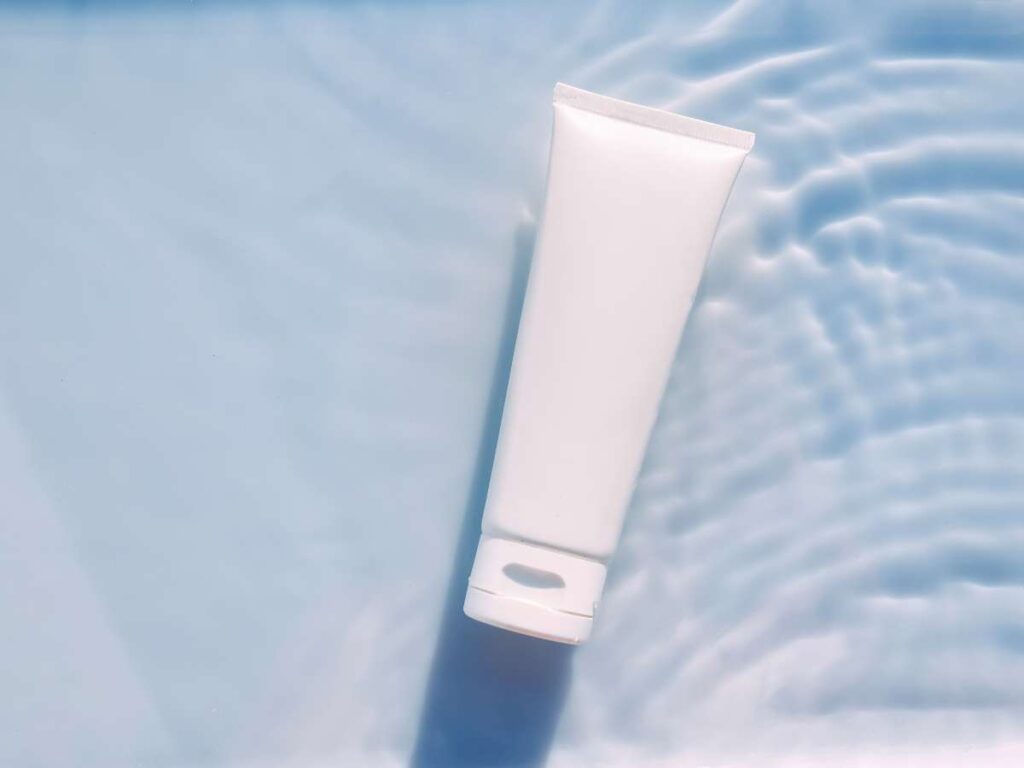
Bottles with Pumps
- Ideal for liquid and spray sunscreens.
- Pump dispensers prevent spills and mess.
- Available in plastic or glass, depending on branding and sustainability goals.
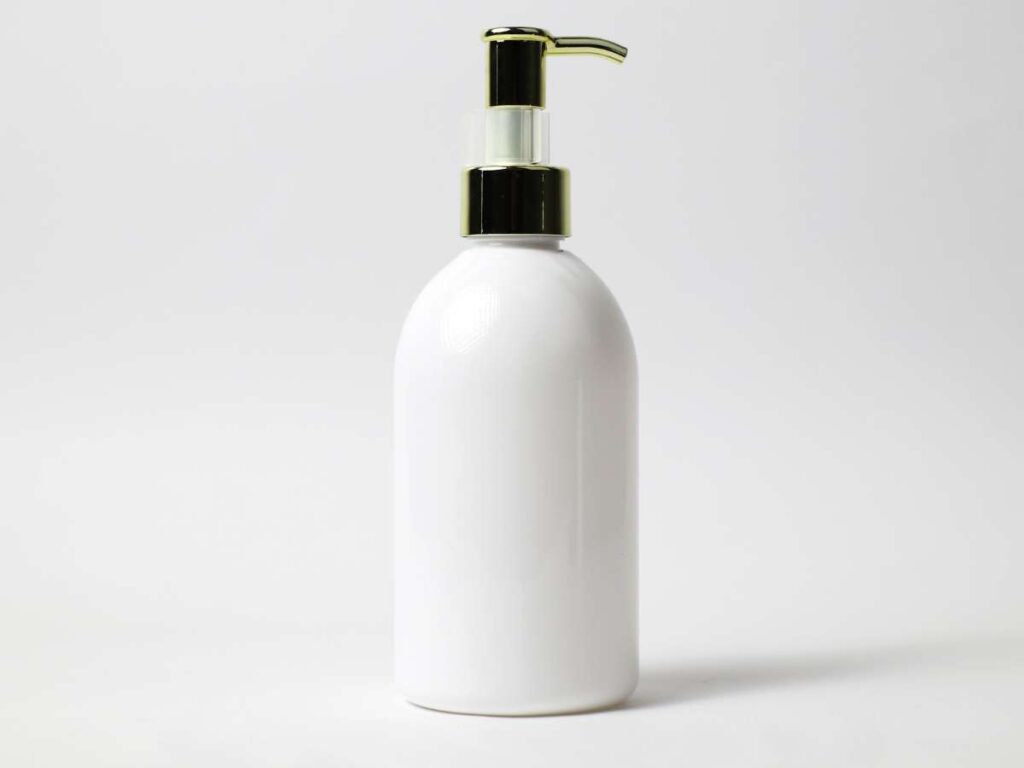
Spray Bottles
- Designed for quick, even application.
- Used for both aerosol and non-aerosol formulas.
- Requires stable formulation to prevent nozzle clogging.
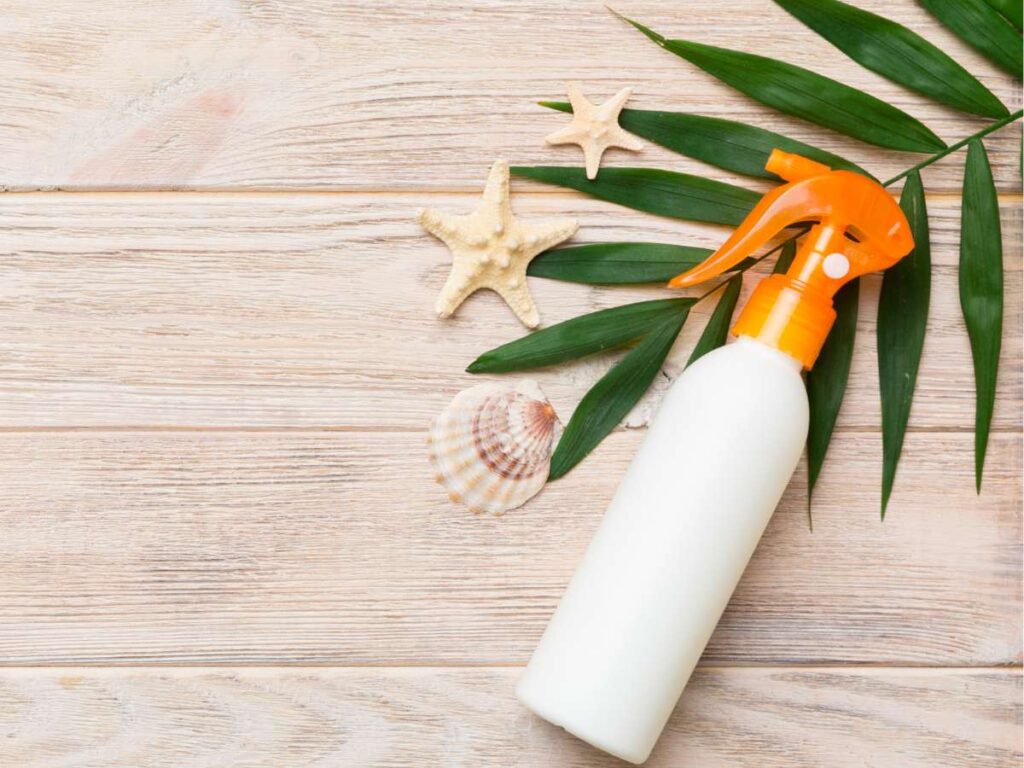
Stick Packaging
- Compact and mess-free, perfect for targeted areas (face, nose, ears, lips).
- The solid formula reduces leaks and is travel-friendly.
- Consumers love this format for easy reapplication throughout the day.
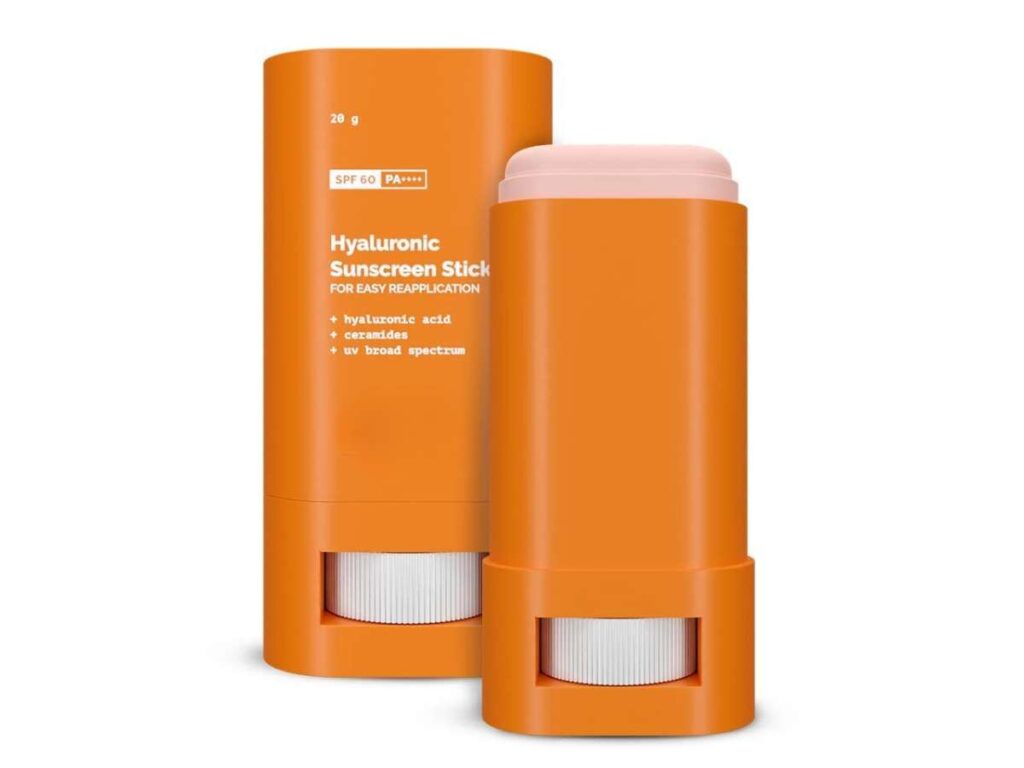
Tins & Jars
- Common for balm or thick cream-based sunscreens.
- Often used in eco-friendly, plastic-free packaging.
- Requires finger application, which may introduce contamination if not handled properly.

Sachet Packaging
- Single-use packs, ideal for travel or sampling promotions.
- Convenient but less sustainable due to higher packaging waste.
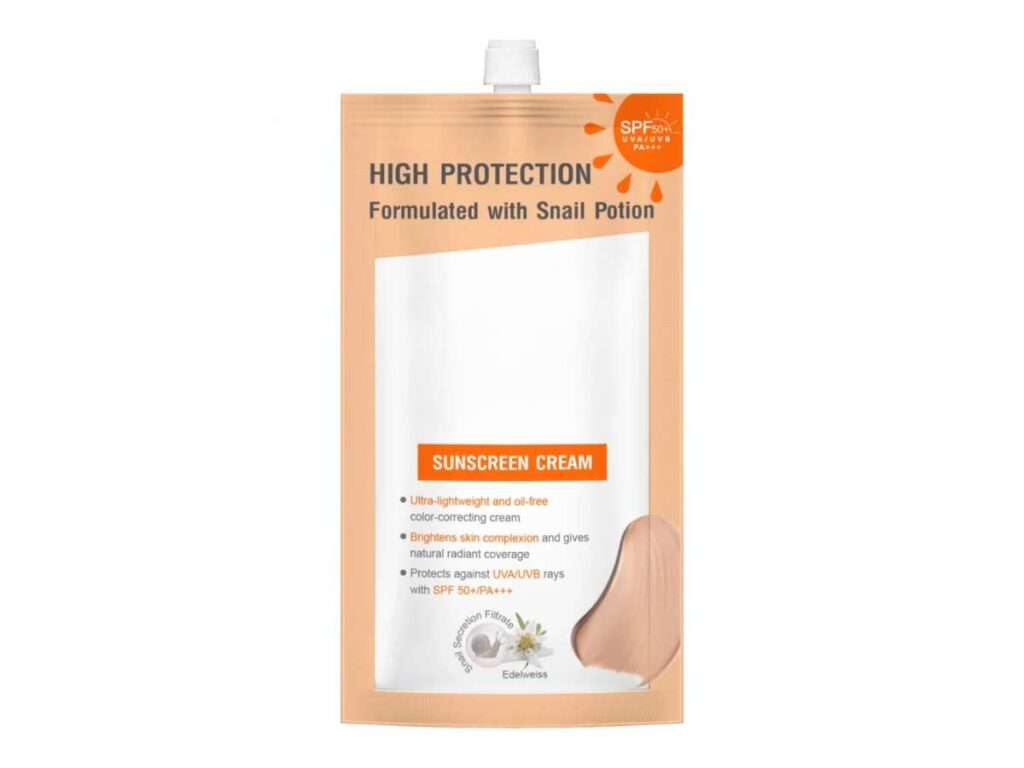
Step #7: Labeling and Compliance
Once the formula and packaging are finalized, the last step is labeling. This might seem simple, but it’s one of the most regulated parts of sunscreen production. A missing detail can lead to legal issues, recalls, or fines.
What Must Be on the Label?
Every sunscreen label needs key details. These help consumers understand the product and use it correctly.
- SPF Rating – Shows the level of protection (e.g., SPF 30, SPF 50).
- Broad-Spectrum Protection – Indicates protection against both UVA and UVB rays.
- Water Resistance – States how long the sunscreen stays effective in water (e.g., 40 or 80 minutes).
- Ingredients List – Includes active UV filters and all other ingredients.
- Usage Directions – Explains how and when to apply sunscreen for maximum protection.
- Warnings – Alerts users about possible skin irritation, eye contact, or the need for reapplication.
If any of these details are missing or unclear, the sunscreen cannot be sold legally.
Compliance
Sunscreen is classified as an over-the-counter (OTC) drug in some countries, meaning it must follow strict regulations. Different regions have different labeling laws:
- United States (FDA) – Requires drug facts, active ingredients, SPF claims, and water resistance testing.
- European Union (EU Regulations) – Requires broad-spectrum testing and prohibits certain UV filters.
- Australia (TGA Guidelines) – Regulates sunscreen as a therapeutic good with strict ingredient approvals.
- Asia (Various Regulations) – Japan, Korea, and China have their own SPF testing and approval processes.
I’ve seen brands struggle with compliance when expanding internationally. A formula that meets FDA standards might not pass EU regulations. Small differences in UV filter approvals or SPF testing can create major roadblocks.
Step #8: Final Quality Check
Before sunscreen reaches store shelves, it must pass a final quality check. This step ensures that every batch meets the required standards. A small mistake can lead to customer complaints, returns, or even recalls. That’s why brands take this process seriously.
Visual Inspection
Each sunscreen batch is checked for color, consistency, and texture.
- Is the formula smooth and free from lumps?
- Does the color match previous batches?
- Is there any separation or uneven texture?
I’ve seen cases where a batch looked perfect at first, but after sitting for a few hours, it separated. If something like this happens, production is paused. The issue must be fixed before anything moves forward.
Weight & Volume Check
Every tube, bottle, or stick must contain the correct amount of sunscreen.
- Too much product? The company loses money.
- Too little? Customers feel cheated, and regulators can step in.
Machines weigh each container to ensure accuracy. Random samples are also checked manually. If the weight is off, the production line is stopped for adjustments.
Sealing and Packaging Inspection
Packaging plays a big role in shelf life and customer experience. Each unit is checked for:
- Proper sealing – No leaks or loose caps.
- Clear labeling – No smudges or missing details.
- Durability – Packaging should withstand shipping and storage.
A weak seal can cause leaks, leading to wasted products and unhappy customers. No brand wants that.
Only products that pass all these checks are approved for distribution and sale. Once cleared, the sunscreen is ready for its final journey—getting into the hands of consumers.
Conclusion
Sunscreen production involves more than just mixing ingredients—it requires careful formulation, rigorous testing, and strict quality control.
If you’re planning to launch your own sunscreen brand, every step must be executed with precision to ensure safety, stability, and performance. A single mistake can lead to failed SPF tests, poor texture, or costly recalls.
If you’re looking for a reliable sunscreen manufacturer, partner with experts who understand formulation, compliance, and testing.
Contact Ridgepole to develop a high-quality sunscreen that meets industry standards and consumer expectations.
Explore More Helpful Resources
Not quite what you’re looking for? Explore our wider product range for more choices:
Still haven’t found what you’re looking for? Don’t hesitate to contact us. We’re available around the clock to assist you.
Quick Quote
Own Your Private Label Cosmetic Line Is No Longer Difficult Here!




